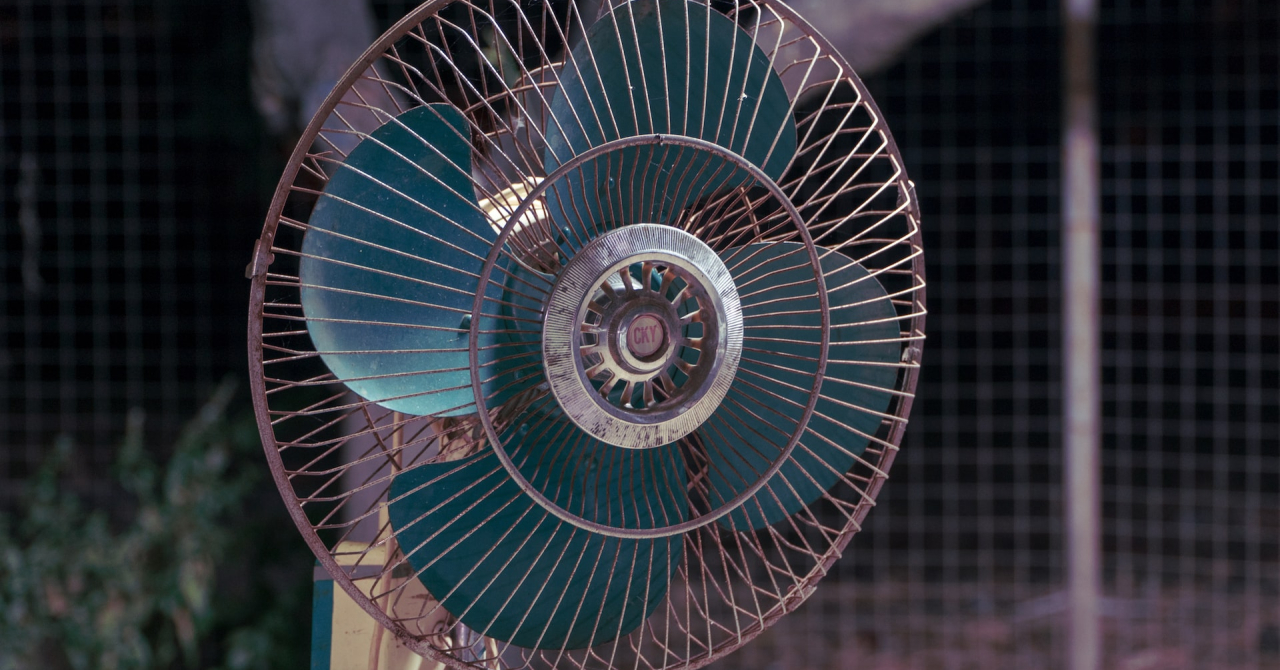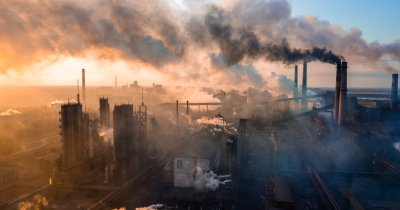According to Reuters, this was felt during this summer, when temperatures in Europe were some of the highest in history.
This affected many countries and their infrastructures, hydroelectric power capacity was severely reduced and glaciers in the Alps were melting at a faster rate.
WMO secretary-general Petteri Taalas said that "Europe presents a live picture of a warming world and reminds us that even well-prepared societies are not safe from impacts of extreme weather events."
Researchers warn that from the early 1990s until 2021, Europe warmed at a rate of 0.5 degrees Celsius per decade, while the rest of the world did so at about 0.2 degrees.
One of the main reasons Europe sees such temperature increases is due to the fact that a good portion of the continent is located in the sub-Arctic and Arctic regions, which are experiencing the fastest rates of global warming.
Freja Vamborg, senior scientist with the Copernicus Climate Change Service said that part of the reason why last summer was so warm on the continent is because less clouds formed in the sky, which meant that more sunlight could reach us, increasing the power of the heatwave.
In fact, so many heatwaves happened recently in Europe that many scientists are calling it a "heatwave hotspot".
The rising temperatures are happening despite the fact that European officials managed to cut emissions by 31% in the past three decades and they aim to further reduce them by 55% before 2030.
EU officials will attend the UN's COP27 climate summit on the 6th of November, hoping to address the issue presented by climate change in Europe and around the world, generally.
 Mihai - Cristian Ioniță
Mihai - Cristian Ioniță












Any thoughts?